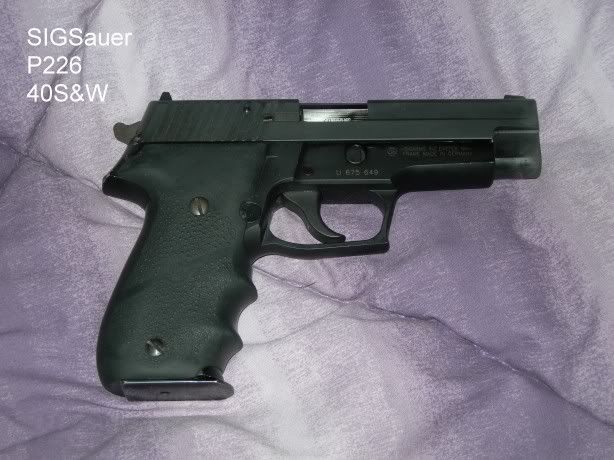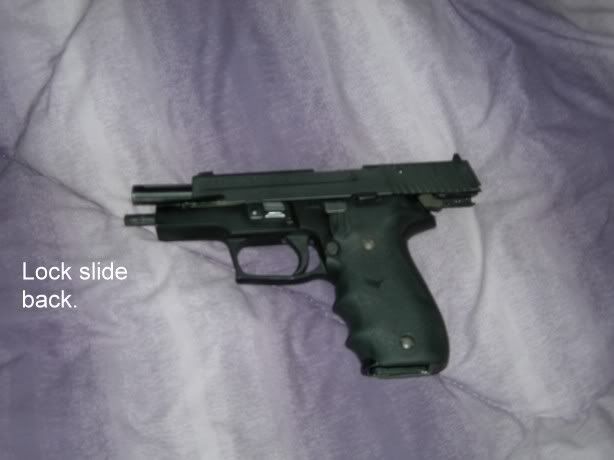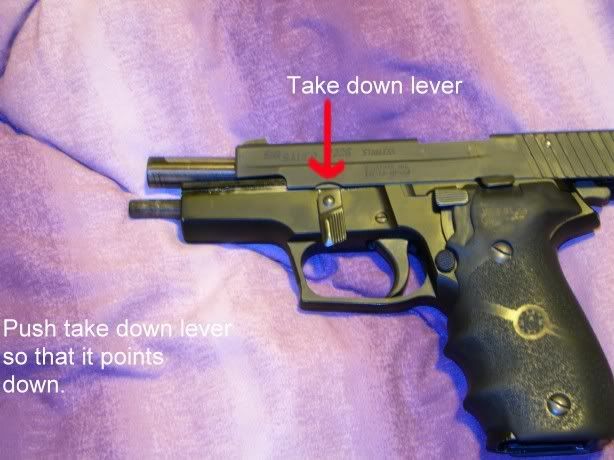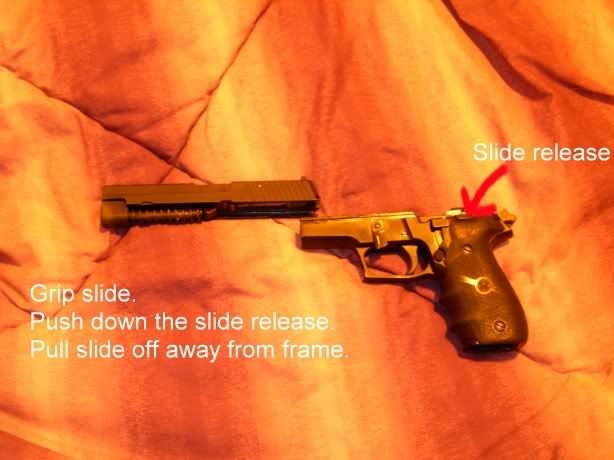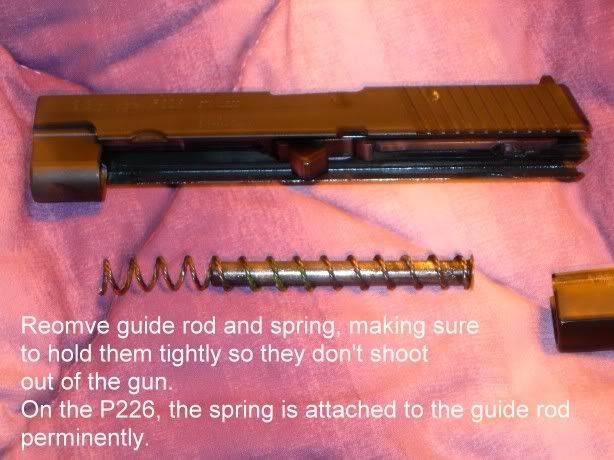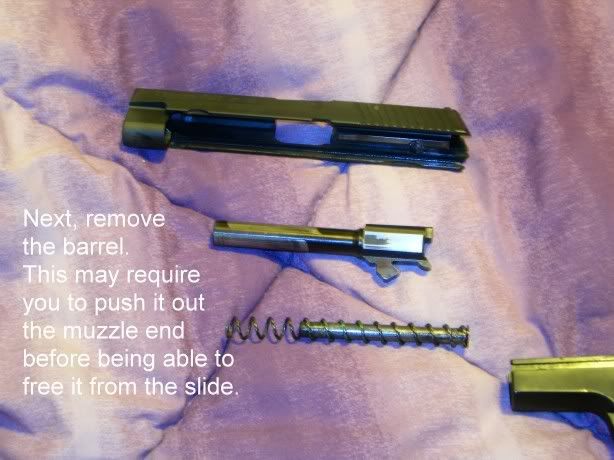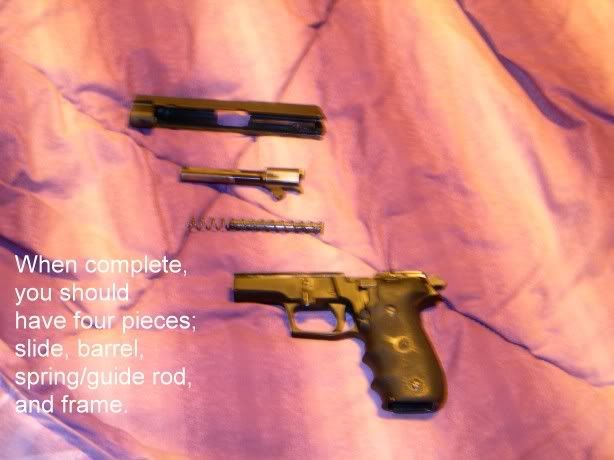This is a question I hear often. Why should I clean my gun, and when should I clean it?
Everyone on the internet has a different opinion, and opinions vary by gun maker and style. One of the most common things I hear is that the AK47 type rifles and the GLOCK handguns don't need to be cleaned. I'm not sure how this got started, but it is complete hog wash.
There is no gun that never needs to be cleaned. It doesn't exist. And as I always say, if you aren't willing to care for a firearm, don't buy one. If you take care of it, it will take care of you. But if you neglect it, it won't work when you need it to.
So, here's the rules of thumb:
Why should I clean my gun? Simple. Like anything else, they get dirty. And if they get too dirty, it hinders function. And they do get dirty even if you don't shoot it much. A night stand only gun will still collect dust and have lubrication that dries up.
Cleaning a gun is a great way to learn how the gun works and keep an eye on it. Even "Tactical Tupperware" has metal parts, so you need to inspect for rust and pitting. "A gun only has two enemies... rust and politicians." CLP won't keep the politicians off your gun, but it
will help keep the rust off. Rust eats away at metal, it doesn't just make it look ugly. If the rust gets bad enough, the gun may suffer broken parts and general issues.
Your gun also needs to be correctly lubricated to keep it functioning properly. You will always have metal rubbing on metal, and if the parts aren't lubricated correctly, that metal rubbing on metal will begin to shave pieces off. After a while you could run into an issue where your gun isn't as tight as it should be (which will drastically effect accuracy) or it will lock up completely and just stop working. There isn't much you can do at this point for a gun in that condition. Companies generally won't replace or repair frames (serialized parts). So your only option is to buy new. A bottle of good lubricant runs about $5.95. A new gun can run upwards of $500. Your choice.
When should I clean my gun? Most people clean their guns after shooting them. Some guns on the market are a little more forgiving if you forget to clean after every range session (ex: my GLOCKs tend to be alright if I forget, where my Beretta will have a hairy fit). But for best results, clean after shooting. It elongates the life of your gun and helps to ensure proper function in a moment of need.
If your gun tends to sit in a drawer and you don't shoot it much, you still need to clean it. I generally tell people that every four months is a good bet. Four months is about when any rust protectant you use will begin to lose effectiveness. Moisture in the air will rust your guns, and stainless steel will still pit. Plastic and stainless steel is not an excuse to not clean. They
all need regular maintenance. Aside from that, dust is everywhere, and it will hinder function. So you need to clean off the dust. And, of course, lubricants can and will dry out.
In a future post, I will begin talking about
how to clean your guns. It's not horrible, trust me. Some of us folks more into it may get a little nuts with the cotton swabs, but you can give your gun a good cleaning pretty fast. Stand by!

